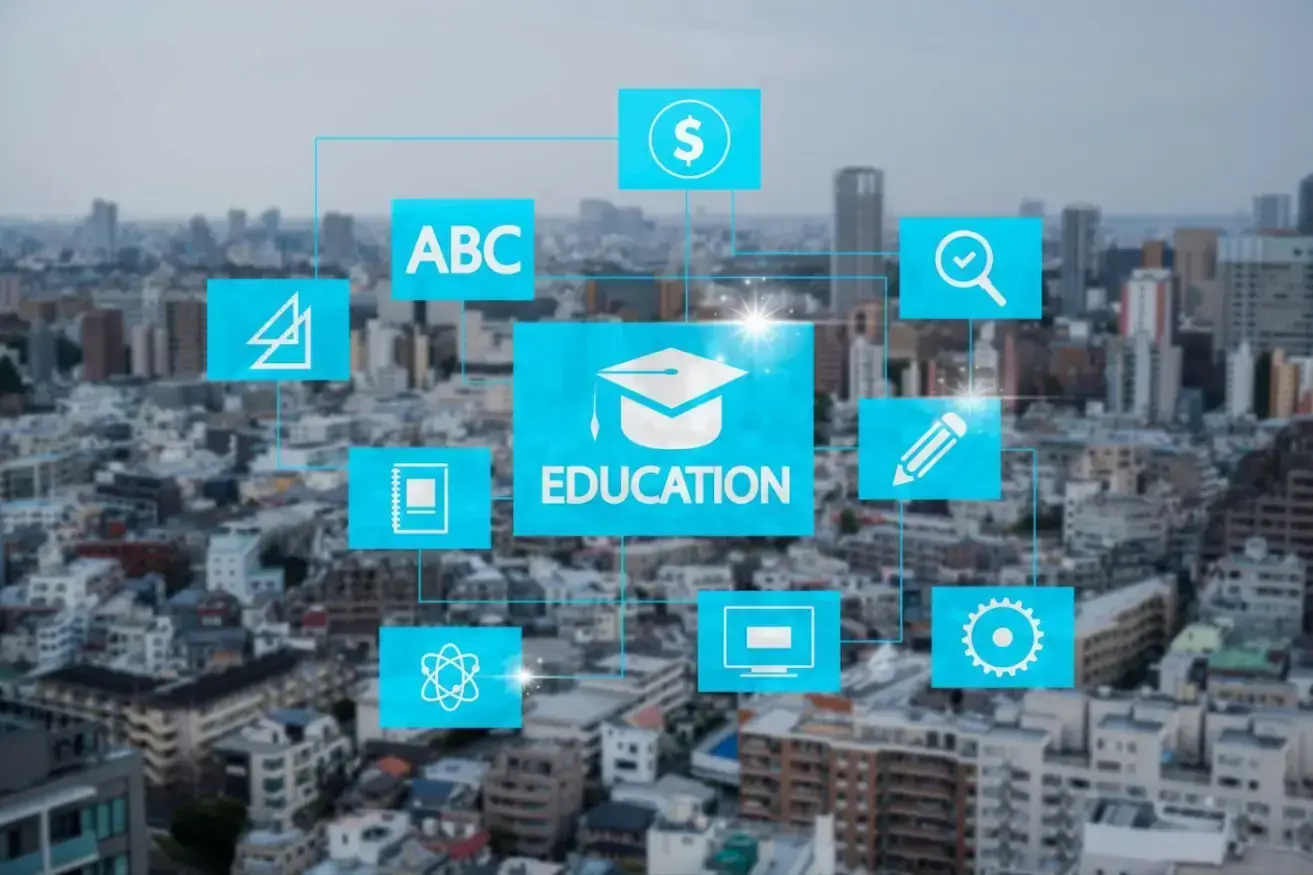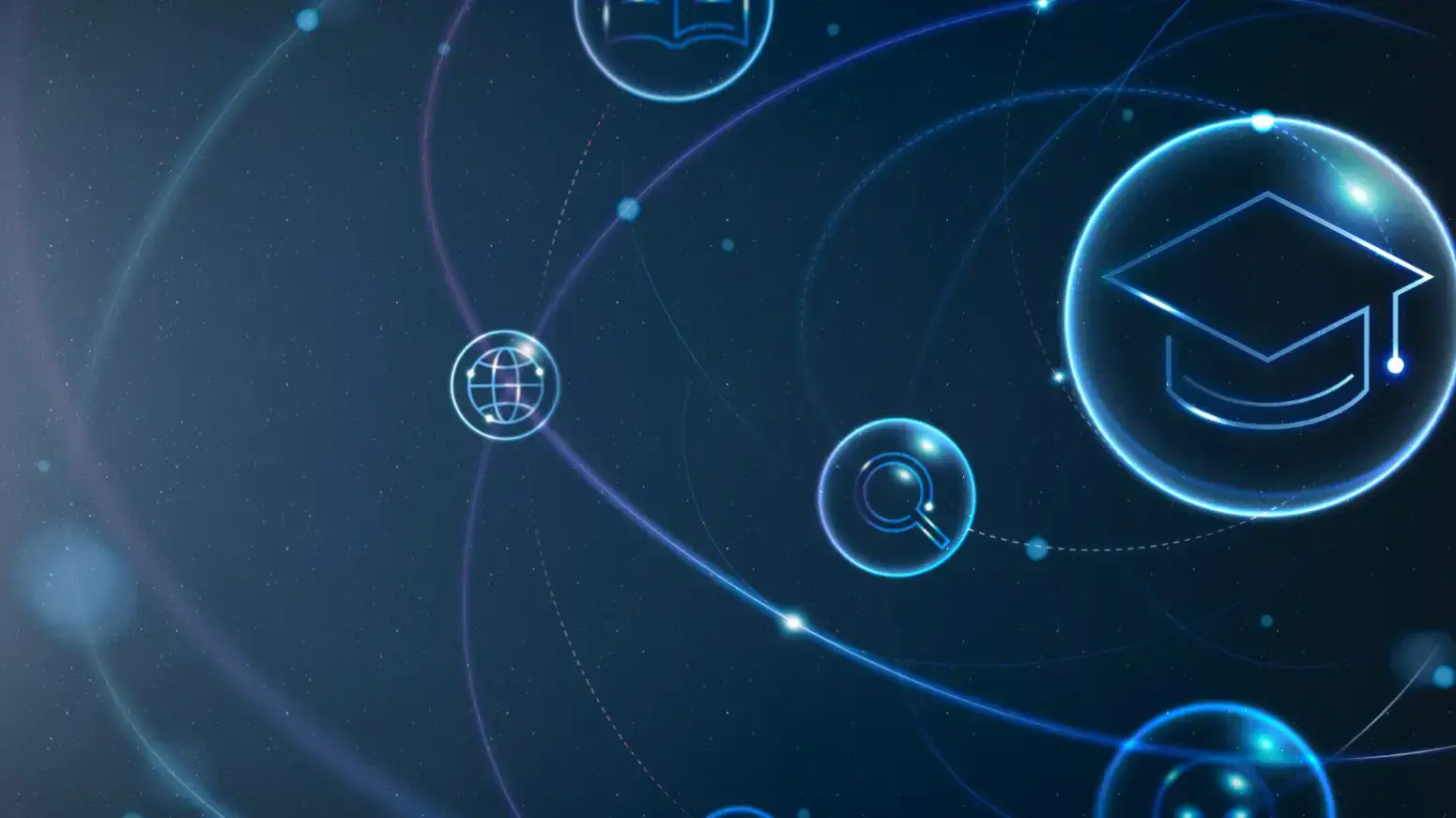In the wake of unprecedented digital transformation, artificial intelligence is reshaping the landscape of online education.
With global EdTech investments reaching record heights and over 1.6 billion students transitioning to online learning platforms in recent years, integrating AI into educational website design isn't just an innovation—it's a necessity.
The traditional one-size-fits-all approach to online education is rapidly becoming obsolete. Today's learners demand personalized experiences that adapt to their unique learning styles, pace, and preferences.
AI steps in to transform static educational websites into dynamic learning environments that evolve with each user interaction.

Source: Pixabay
The AI-Driven Evolution: From Static to Dynamic Learning
Traditional EdTech platforms have long struggled to provide truly personalized learning experiences. Many websites offer identical content to all users, regardless of proficiency level or learning style.
This standardized approach often led to disengagement, with advanced learners finding content too basic while beginners struggled to keep up.
Modern AI-powered website design is fundamentally changing this paradigm. Through sophisticated algorithms and machine learning capabilities, educational platforms can now offer:
- Adaptive Learning Pathways: AI systems analyze user performance in real time, automatically adjusting content difficulty and learning pace. When a student consistently excels in certain areas while struggling in others, the platform recalibrates to provide more challenging material where appropriate and additional support where needed.
- Smart Content Recommendations: By processing vast amounts of user data, AI can predict which learning materials will be most effective for each student, taking into account learning patterns, prior performance, and even study times.
- Personalized Assessment Systems: AI-powered platforms can now evaluate learning through continuous assessment, analyzing response times, error patterns, and more to create a comprehensive understanding of each student's progress.

Source: Freepik
The Power of AI Integration in Language Learning
Language learning platforms, in particular, have emerged as pioneering examples of AI integration in EdTech website design.
The complexity of language acquisition—encompassing speaking, listening, reading, and writing—makes it an ideal testing ground for AI capabilities.
Through a variety of conversational options, such as role-plays, debates, and personalized, interest-based discussions initiated by AI, the app creates individualized learning journeys while maintaining the human element essential to language instruction.
Modern language learning platforms are incorporating several key AI features:
- Real-Time Speech Recognition: Advanced AI algorithms can now accurately analyze pronunciation and provide immediate feedback and corrections.
- Natural Language Processing: Similar to e-commerce, AI-powered chatbots enhance user experience by simulating conversations, correcting grammar, adjusting language levels, and understanding contextual meaning.
- Predictive Analytics: AI analyzes performance patterns and identifies potential challenges early, enabling proactive intervention and customized learning strategies.

Source: Unsplash
Making AI Integration Accessible
One of the most significant developments in EdTech website design is the democratization of AI capabilities through plugins and APIs.
Educational platforms no longer need to build complex AI systems from scratch. Instead, they can integrate pre-built AI solutions that offer:
- Automated Assessment Tools: Plugins that grade written assignments, evaluate speaking exercises, and provide detailed feedback.
- Engagement Analytics: AI-powered tools that track user interaction and highlight learning patterns and potential improvement areas.
- Customization Engines: Systems that adjust content presentation based on user behavior and preferences.
Balancing Technology and Human Touch
While AI brings powerful capabilities to EdTech platforms, successful implementation requires careful consideration of the human element.
The most effective platforms use AI to enhance—not replace—human interaction. For language learning, this means:
- Supporting Human Tutors: AI handles repetitive tasks such as grammar checking and vocabulary practice, allowing tutors to focus on deeper aspects like cultural nuance and communication style.
- Facilitating Meaningful Interaction: Smart matching algorithms connect learners with study partners or conversation practice opportunities.
- Providing Contextual Support: AI assists during human-led sessions with quick translations, cultural references, and contextual hints.

Source: Freepik
Future Directions and Considerations
As AI technology continues to improve, we can expect even more innovative applications in EdTech website design, such as:
- Multimodal Learning Integration: AI systems capable of understanding text, speech, gestures, and facial expressions—creating more natural learning experiences.
- Enhanced Personalization: Algorithms that adapt not only content but also pacing, format, and style to emotional and behavioral cues.
- Improved Accessibility: AI tools enabling better accommodation for students with diverse needs through dynamic content adaptation, multilingual captioning, and more advanced text-to-speech systems.
Frequently Asked Questions
1. How does AI personalize the learning experience?
AI analyzes student performance, learning patterns, and preferences to create customized learning paths and recommendations.
2. Can AI replace human teachers?
No. AI enhances teaching by handling repetitive tasks and providing insights—allowing human educators to focus on complex instruction.
3. How secure is student data in AI-powered systems?
Modern AI platforms use enterprise-grade encryption and comply with privacy standards such as GDPR and FERPA to ensure the protection of student data.
Conclusion
The integration of AI into EdTech website design marks a major shift in online education. It empowers platforms of all sizes to deliver personalized learning through accessible AI tools.
Success lies in pairing AI efficiency with human insight—creating a learning environment where technology amplifies, not replaces, meaningful educational interaction.
Educators and developers should prioritize thoughtful implementation, collaborate with AI solution providers, and engage with EdTech communities to build the future of learning.

Author Bio
Andrea Lacey is a tech and business blogger who tracks the latest trends and innovations. With a wealth of knowledge and industry insight, she offers readers a unique perspective on today’s most important topics.


